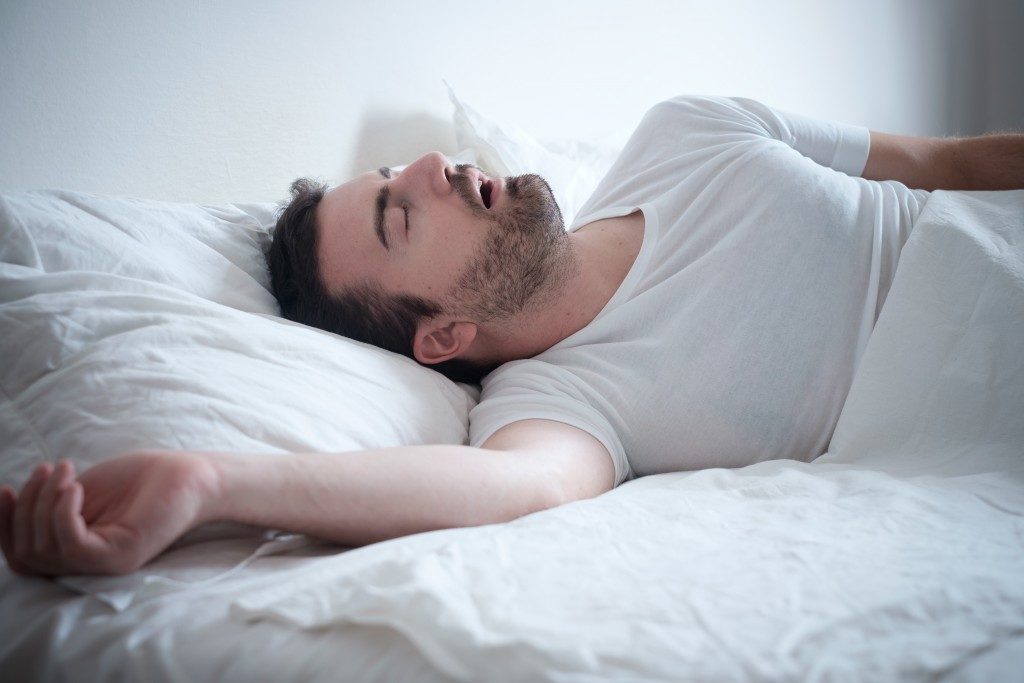Most parents realize the essence of quality sleep on their kids’ growth. Children less than four months old, for instance, need 12-16 hours of sleep daily while those aged 1-2 years need 11-14 hours and those aged 3-5 need 10-13 hours. At 6-12 years, 9-12 hours sleep will suffice while 8-10 hours is enough at 13-18 years. Some parents, however, assume that children are naturally fussy sleepers and do not think much into the reason their kids might not have enough sleep.
Very few even realize that a pediatric dentistry clinic in South Bend, Indiana might hold the solution to sufficient and quality sleep for their kids. Obstructive sleep apnea (OSA) is currently one of the leading causes of poor sleep patterns in children. This is a disorder characterized by complete or partial obstruction of the upper airways when asleep. It results in multiple awakenings through the night, which rob your kids of adequate sleep. The following are some of the treatments a pediatric dentist might prescribe.
CPAP Devices

Continuous positive airway pressure (CPAP) devices are the most efficient for the treatment of pediatric OSA. The device consists of a mask that fits the nose, a motor to blow air into the mask, and a cannula the connects the mask and motor.
The device keeps the airway open when your child is asleep, alleviating the discomfort of OSA. CPAP machines are lightweight, quiet and easy to use. Some come with dehumidifiers to reduce the risk of drying of your child’s airways.
MAD
Mandibular Advancement Devices (MAD) resemble ordinary sports mouth guards. The appliance is snapped over a child’s lower and upper dental arches and has metal hinges, which allow a forward positioning of the lower jaw. This way, the collapsible part of the airway is held in a forward position.
MADs are also used to improve the rigidity and strength of the child’s airway muscles. Some brands allow the control of the advancement degree of the devices.
TRD
Tongue Retaining Devices (TRD) comprise a split that holds your child’s tongue in place, keeping the airway open. They are more comfortable for your child compared to MADs. They are, however, not routinely used for kids nowadays owing to their low level of treatment efficiency.
Medication
Topical nasal steroids like budenoside and fluticasone have been shown to ease some of the symptoms associated with pediatric OSA. But they only work for kids with mild OSA. If your child has allergies, the dentist might also prescribe montelukast to control allergic reactions, which worsen OSA symptoms.
If your child’s OSA is linked to excess fatty throat tissue, your dentist might recommend the removal of the tonsils or adenoids to relieve the condition’s symptoms.
There is nothing normal about your child not maintaining a regular sleep pattern and getting adequate sleep for his or her age. Ignoring pediatric OSA might contribute to difficulty in concentration throughout the day, poor grades, behavioral problems and daytime fatigue in your child. It is essential to visit a dentist immediately you notice a sleep issue to diagnose its cause and intervene appropriately.

